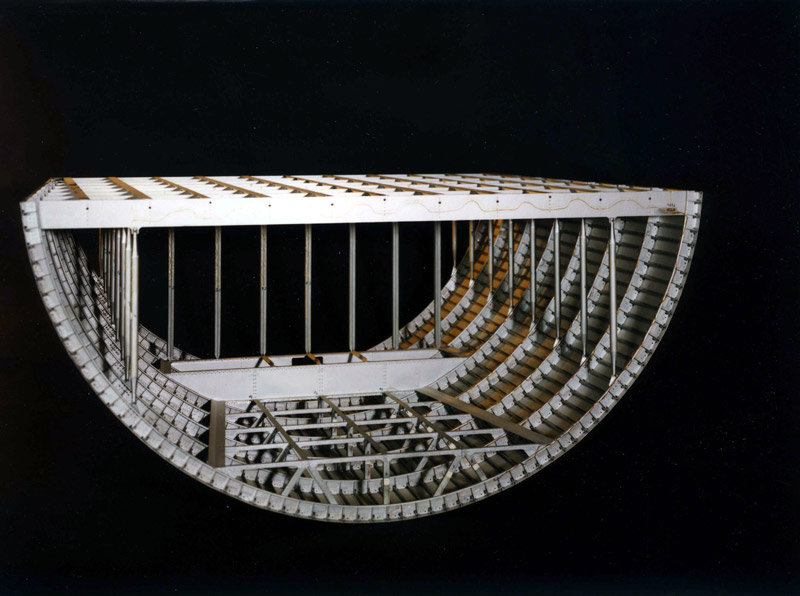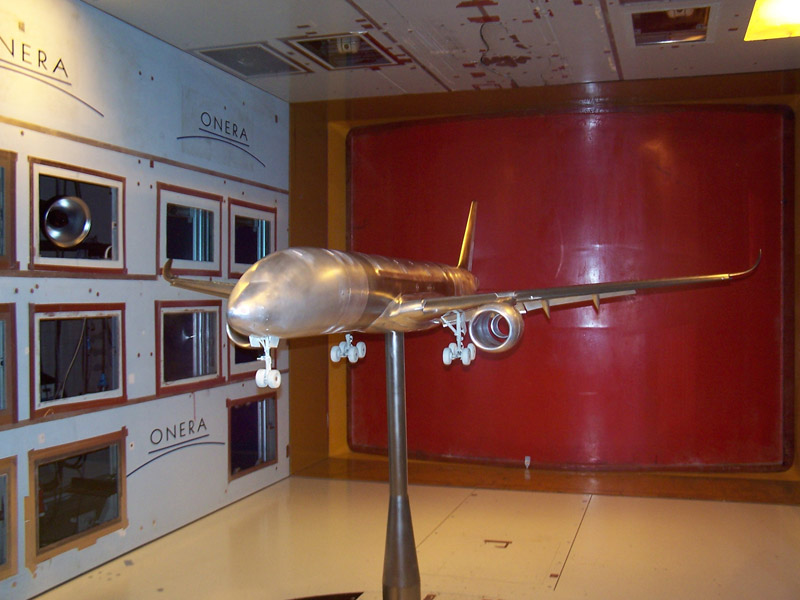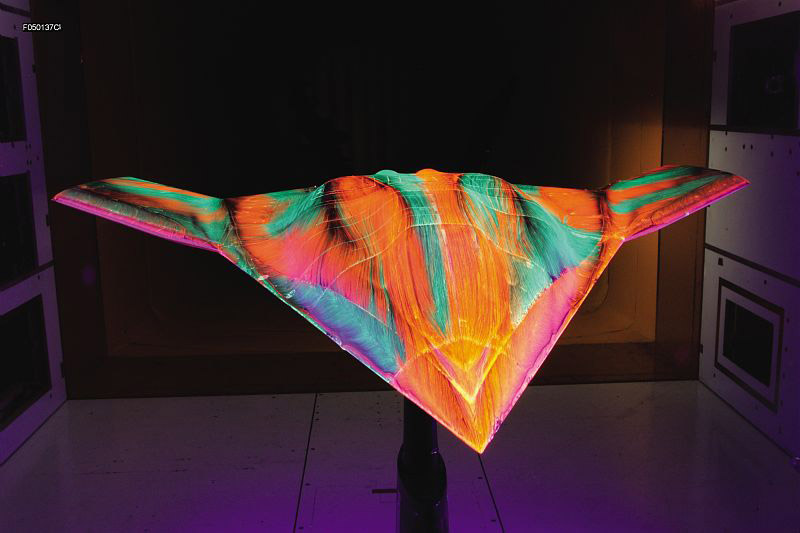- ONERA
- About ONERA
- History
- 1996 to the present day - A period of major changes
ONERA lifts the veil on 70 years of its history: 1996 to the present day - A period of major changes
Transition in the late 1990s
During the 1990s, the defense sector learned lessons from conflicts (Gulf War, ex-Yugoslavia) that had thrust into prominence weaponry of precision and stealth. ONERA had been getting to grips with these topics even before these events occurred.
It pursued its work in this field, developing experimental stealth measurement resources (BABI chamber), and studying stealth materials, while progressing in the fields of reconnaissance and very high optical resolution imaging, optronics and radar, with the synthetic aperture radar (RAMSES).
The period was also marked in France by reform to the defense armory and a steep drop in the budget assigned to defense research. The restructuring this involved for the DGA, the French armament procurement agency, had a knock-on effect for ONERA. All the same, these difficulties did not prevent it from developing very long range detection radars, in particular transhorizon radars. Likewise, in the second half of the 1990s, the GRAVES (Grand Réseau Appliqué à la Veille Spatiale) radar-based space surveillance system - unique in Europe - was developed.
In 1997, 17 thematic scientific departments were created at ONERA, grouped into 4 branches under the supervision of a general scientific directorate. An increasing part of the activity turns to the execution of contracts. Long-term collaborations will be developed, for example with MBDA and SNECMA (now SAFRAN), in the field of turbojets (high temperature materials, modeling of internal engine flows), or with SOFRADIR (characterization and development of new detector concepts infrared). In addition, to meet the needs of the Armée de l'Air, ONERA created in 1992 a center in Salon de Provence, devoted to research and teaching activities in the fields of radar, optronics and flight mechanics.
An evolving environment (2002-2016)
The end of the Cold War brought with it not a safer world, but an increasingly complex one. A growing number of countries had aerospace ambitions, in particular focused on defense. To address these new challenges, the French government sought to initiate new collaborative modes between public research and businesses, which in 2005 began to be manifested in the form of competitive clusters. Study and research would receive less funding from the major national agencies, which implied thematic collaborations combining different partners. The aerospace stakeholders would also be bolstering their own research capacity, and their computational resources. ONERA had to adapt to this new state of affairs.
During this period research continued apace, in particular in the field of materials, the lightening of structures, crash resistance and equipment service life. ONERA explored innovative concepts aimed at reinforcing the performance of the strategic forces, and pursued its investigations into stealth, air intakes and ammunition holds. With Airbus, it took part in studies of the A380, then of the A350, in the fields of aerodynamics, structures and avionics. It also contributed to the development of the Neuron, the tactical drone demonstrator, led by Dassault Aviation.
At the vanguard of an aerospace sector that is decisive for national sovereignty, ONERA continue to play its part, more than ever, in ensuring the dynamism and competitiveness of this high-stakes industry.

Numerical simulation of flow around a fuselage-wing mockup, CAT3D designed by ONERA for studying active flow control © ONERA














